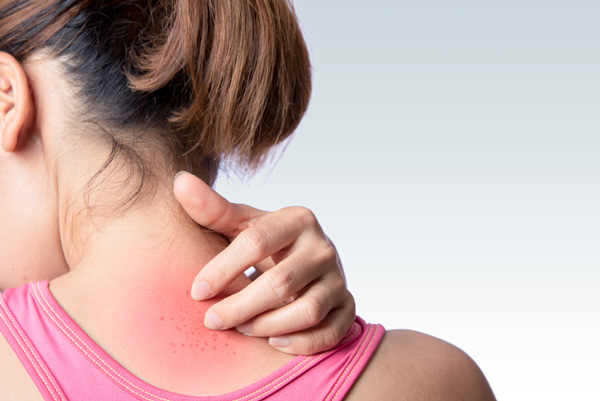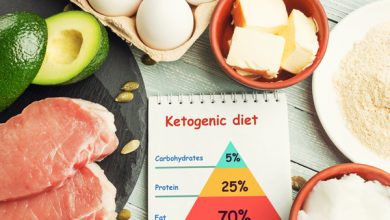Keto 101
What Is The Keto Rash?

The ketogenic diet has fast results, especially when it comes to weight loss, long-lasting energy, and increased focus. One of its challenges is the keto rash.
The keto rash is both treatable and preventable. Let’s look into the keto rash’s causes, symptoms, and how to avoid it.
What is the Keto Rash and why do you get it?
The medical name for the rash is Prurigo Pigmentosa, and it is considered an inflammatory skin disease. The keto rash has been linked to long periods of fasting and ketosis by clinical studies.
A description of the characteristics of the keto rash is as follows:
discomfort and itchiness
it develops in a symmetrical pattern on the back, torso, chest, and neck.
The bumps are red, brown, or light pink depending on the severity of the rash.
The keto rash usually develops in sweat prone areas and usually occurs in the early stages of ketosis, which creates irritation from the skin to skin contact.
Other causes of the keto rash include:
- Histamine or allergy intolerance
- Nutrient deficiencies
- Detoxification during ketosis
- Research suggests a correlation between the keto rash and insulin resistance of type 2 diabetics.
It’s a completely natural reaction that sometimes occurs when entering ketosis.
How to Handle the Keto Rash
Here are some natural solutions to ease symptoms or completely clear it up .
- Drink Bone Broth
Bone broth is a keto diet superfood. Not only is it nutritious and filling, it also contains natural anti-inflammatory nutrients such as proline and glycine.
It makes sense to eat foods known to reduce inflammation since the keto rash is an inflammatory skin condition.
- Fish Oil and Fatty Fish
Wild oily fish like mackerel, salmon, and sardines contain large amounts of omega-3s, which also have strong anti-inflammatory benefits for the skin.
Wild fatty fish is a great choice for the Keto dieter; nevertheless, if you have the keto rash, supplementing it with fish oil will give you a boost of anti-inflammatory nutrients.
- Anti-Inflammatory Superfood Supplements
Another method of easing Keto rash symptoms is with anti-inflammatory superfood ocean vegetable supplements like Chlorella (is a single-celled green alga) or Spirulina (blue-green algae).
They both are packed with omega-3s along with an anti-inflammatory omega-6 essential fatty acid called gamma-linolenic acid (GLA). These are available over the counter in pill or powdered form.
Make sure any algae supplements you choose are tested for heavy metals like mercury. You really want to avoid eating any more toxic heavy metals. High-quality supplement companies will disclose this information on their websites.
- Avoid Sweating
Raising your body temperature can worsen the keto rash, modify your exercise routine to lighter, less strenuous exercises in the early stages of ketosis. This keeps you from sweating heavily, which may trigger the keto rash.
- Time
Like most rashes, the Keto rash will go away when your system adjusts to the chemical consequences of early ketosis.
The longer your body operates in ketosis, the more quickly it will adapt to the production of ketones.
According to Keto-dieters, the rash often clears in a few weeks all on its own without any treatment.
Can You Prevent the Keto Rash?
If so, how do you prevent it?
There is no proven study tested methods of prevention. Nevertheless, you can minimize the risks.
- Don’t rush into ketosis. Try to transition slowly, especially as you begin the diet. Gradually reduce your carb intake instead of dropping carbs completely.
- Take supplements. Consider supplementing your diet to avoid any critical nutritional deficiencies.
The Keto rash is fairly rare, and you probably won’t ever get it. But if you do, remember that there is no cause for alarm. It is not serious, merely annoying and will usually go away without any fuss on your part in a few weeks.
Don’t the Keto rash scare you away from a diet with so many significant health benefits.




